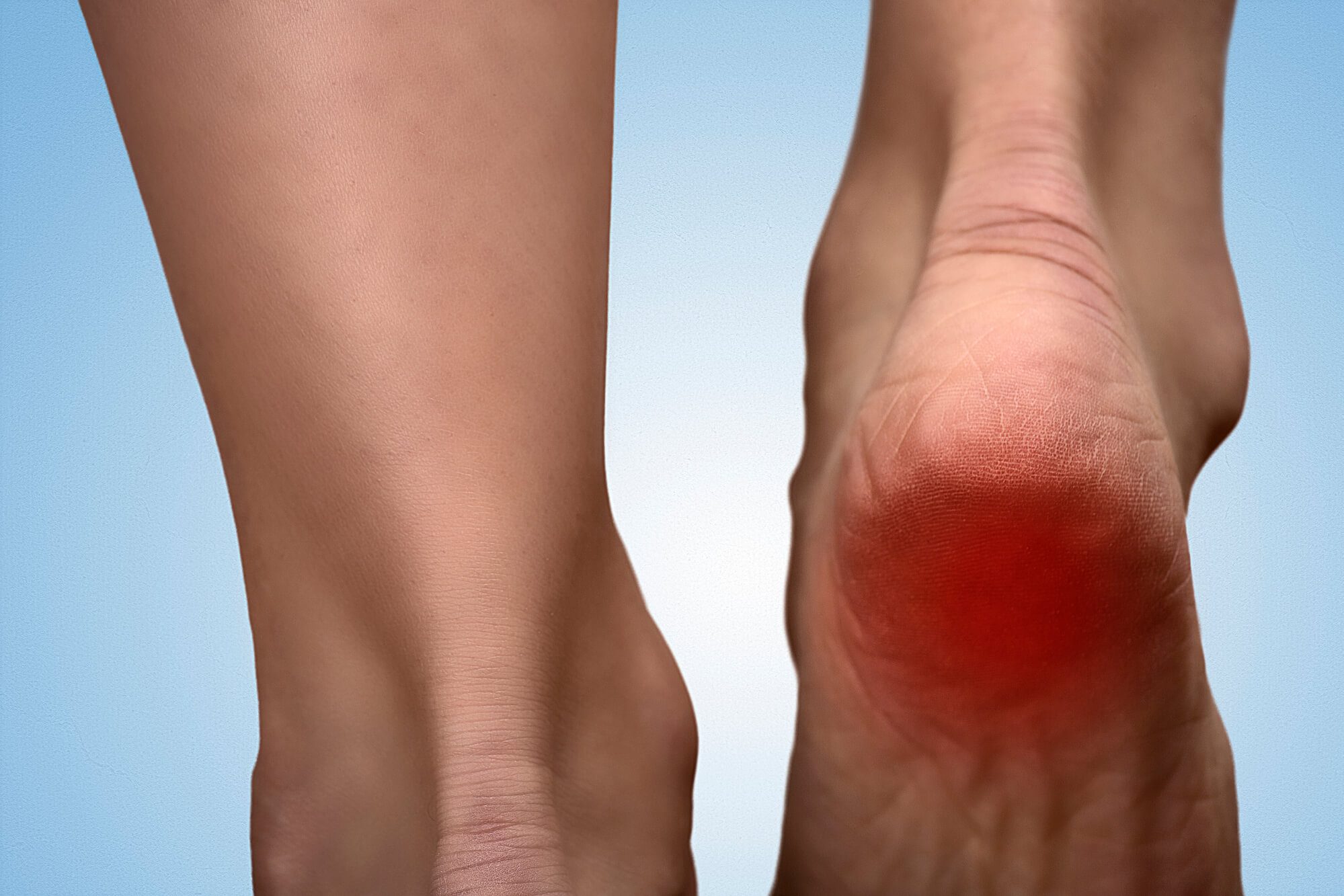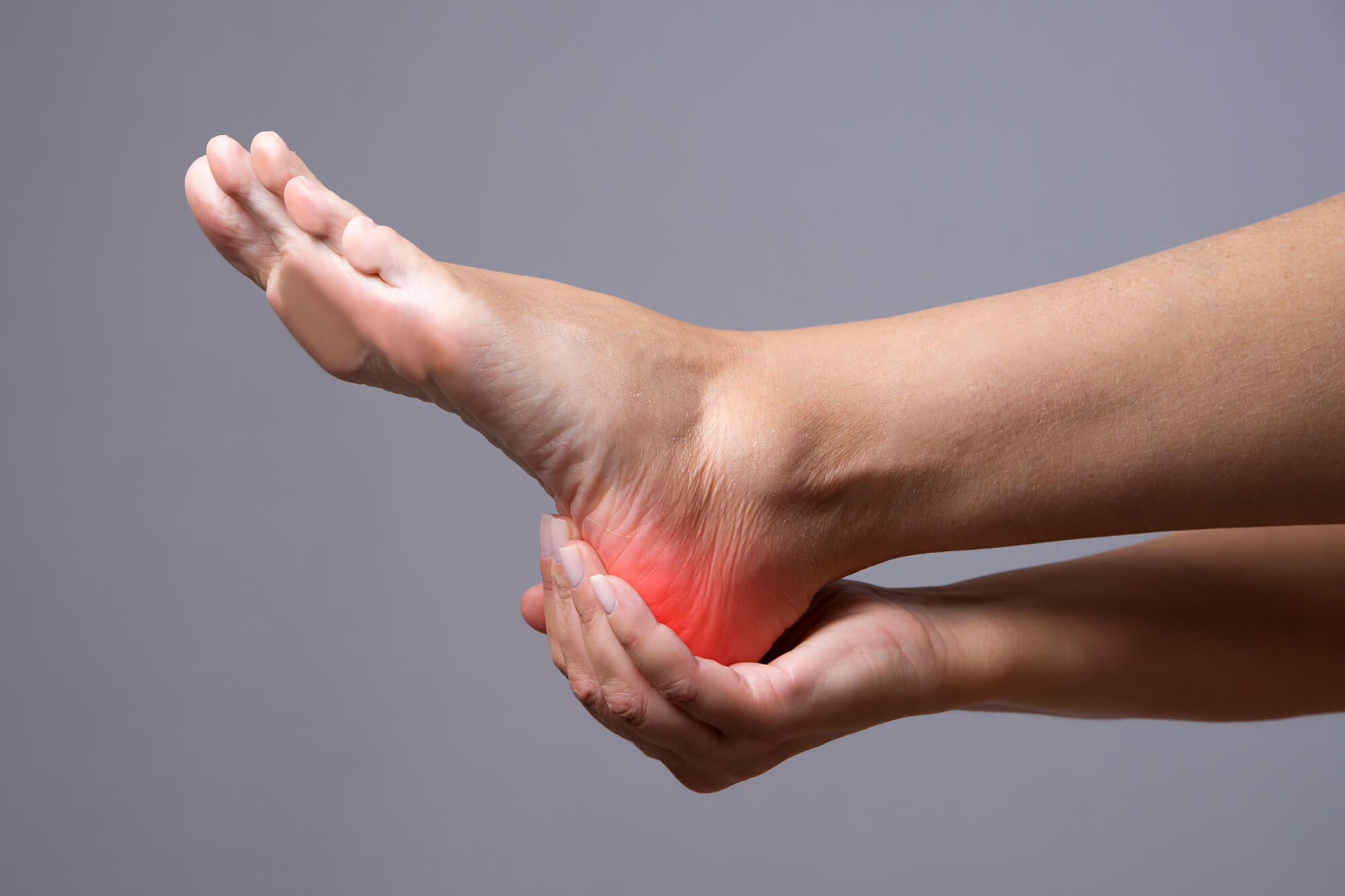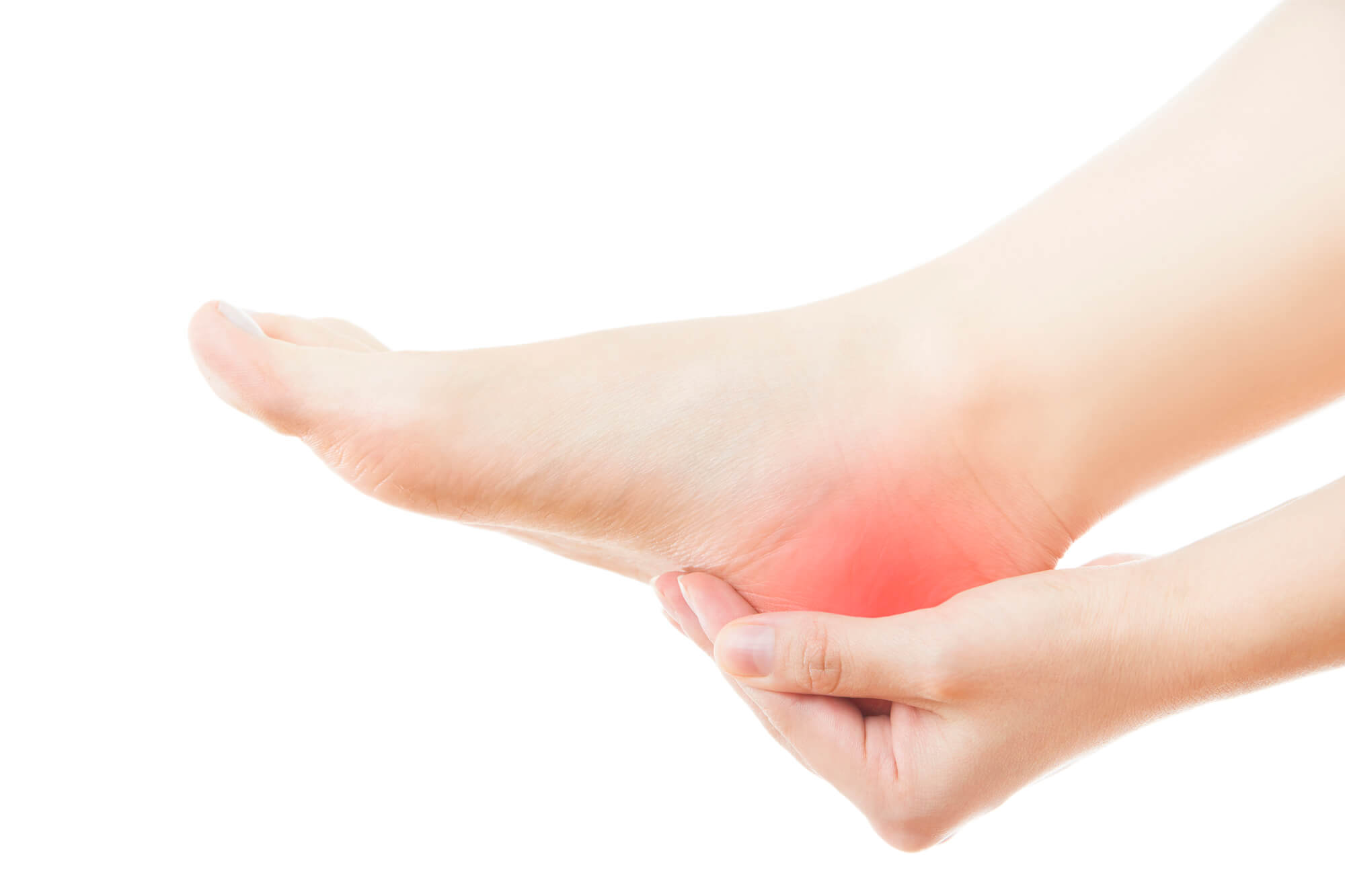Tennis and Heel Pain: Causes, Symptoms & Treatment
Tennis is a physically demanding sport that requires quick footwork and repetitive movements, which can put a lot of strain on the feet and ankles. As a result, heel pain is a common issue among tennis players. It is important to address and treat heel pain to maintain a healthy and active lifestyle and to prevent it from worsening or leading to other injuries. This article will explore the causes, symptoms, and treatment options for heel pain in tennis players.
Causes of Heel Pain in Tennis Players
Several factors can contribute to heel pain in tennis players. Overuse injuries and repetitive strain are common causes, as constant running and stopping during a tennis match put a lot of pressure on the feet and ankles. Improper footwear or a lack of support can also cause heel pain, as tennis shoes that are too worn out or do not provide enough cushioning and support can put extra strain on the feet and ankles.
Poor technique or form while playing can also lead to heel pain, as improper foot placement or an uneven distribution of weight can cause strain on the feet and ankles. Finally, inadequate warm-up or cool-down routines can contribute to heel pain, as stretching and strengthening the muscles in the feet and ankles before and after playing can help reduce the risk of injury.

Symptoms of Heel Pain in Tennis Players
The most common symptom of heel pain in tennis players is pain and discomfort while playing or after. This pain may be felt in the heel itself or radiate to other parts of the foot or ankle. Swelling or tenderness in the heel area is another common symptom, as well as difficulty walking or bearing weight on the affected foot.
Diagnosis and Treatment of Heel Pain in Tennis Players
If you are experiencing heel pain while playing tennis, it is important to seek medical attention and receive a proper diagnosis. A podiatrist, a medical doctor, specialising in treating foot and ankle injuries, can determine the cause of your heel pain and recommend the best course of treatment.
In the short term, rest, ice, and over-the-counter pain medication can help alleviate the pain and swelling associated with heel pain. Physical therapy, stretching, and exercises to strengthen the muscles and improve flexibility in the feet and ankles can also help reduce heel pain. Custom orthotics or special inserts for shoes can provide additional support and help alleviate pressure on the heels.
In severe cases, surgery may be necessary to repair any damage to the muscles, tendons, or ligaments in the feet and ankles. Your podiatrist can advise you on the best course of action based on the severity of your heel pain.

Preventing Heel Pain in Tennis Players
There are several steps that tennis players can take to prevent heel pain and reduce the risk of injury. Wearing proper footwear and replacing shoes as needed is important, as shoes that are too worn out or do not provide enough support can put extra strain on the feet and ankles. Stretching before and after playing and using proper technique and form can also help prevent heel pain.
Varying your workouts and cross-training to reduce the strain on your feet is another important prevention measure. If you are experiencing heel pain or any other foot or ankle pain, it is important to seek medical attention early on to prevent the pain from worsening or leading to other injuries.

Conclusion
In conclusion, heel pain is a common issue among tennis players. Still, with proper treatment and preventative measures, it is possible to continue playing the sport you love without discomfort or injury. Seeking medical attention from a podiatrist and following their recommended treatment plan, such as rest, ice, physical therapy, custom orthotics, or surgery, can help alleviate heel pain and prevent it from worsening. Wearing proper footwear with good arch support and cushioning, and stretching the muscles in the feet and ankles before and after playing, can also help prevent heel pain and reduce the risk of injury.
FAQ
What is plantar fasciitis?
Plantar fasciitis is an inflammation of the plantar fascia, a band of tissue that runs along the bottom of the foot from the heel to the toes. This condition is often caused by repetitive strain or overuse and can cause pain and discomfort in the heel and arch of the foot.
What is the plantar fascia and what does it do?
The plantar fascia is a band of tissue that runs along the bottom of the foot from the heel to the toes. Its main function is to provide support and stability to the foot's arch and help absorb shock while walking or running.
Can tennis players get ankle sprains?
Yes, tennis players can get ankle sprains. These injuries occur when the ligaments in the ankle are stretched or torn, often due to an abrupt movement or landing awkwardly on the foot. Ankle sprains can cause pain, swelling, and difficulty walking and can be accompanied by heel pain.
Is it normal for my toes to hurt after playing tennis?
It is not uncommon for the toes to feel sore or tender after playing tennis, especially if you wear shoes that are too tight or do not provide enough support. However, if the pain is severe or persists for an extended period of time, it is important to see a podiatrist for a proper diagnosis and treatment plan.
What is tendonitis?
Tendonitis is an inflammation of a tendon, which is a thick band of tissue that connects muscles to bones. In the case of tennis players, Achilles tendonitis is a common type of tendonitis, which is caused by inflammation of the Achilles tendon in the ankle. This condition can cause pain and stiffness in the heel and ankle and can be caused by overuse, improper footwear, or tightness in the calf muscles.
Can anti-inflammatory medication help with heel pain?
Antiinflammatory medication, such as ibuprofen, can help alleviate inflammation and pain associated with heel pain. However, it is important to consult with a healthcare professional before taking any medication, as it may not suit everyone. In addition to medication, rest, ice, physical therapy, and custom orthotics may also be recommended as part of a treatment plan for heel pain.

